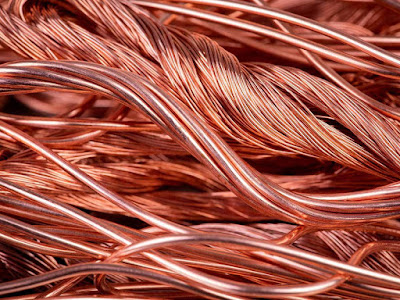When it comes to long-distance and high-performance data networking, there is no better alternative to fiber optics. They are known for higher bandwidth that is a necessity for seamless networking. None of the other fiber wires are as efficient at data transmission over long distances as are optical fibers.
Optical fibers are available in two forms i.e. glass optical fibers and plastic optical fibers. The article brings out the differentiating factors between the two. Before this let's first understand both the wires separately-
Glass optical fiber
Glass optical fibers are made up of very tiny strands of glass concealed within an application-specific case. It is similar to stainless steel in terms of durability and temperatures. They make use of photoelectric sensors along with guide light for sensory operations. Glass wires stand out due to their remarkable temperature range starting from -40 degrees Fahrenheit and going up to +900 degrees Fahrenheit. This quality makes it suitable to be used in harsh environments and applicable even in corrosive or wet conditions.
Plastic optical fiber
Plastic
optical fibers have recently found profound applications in communication
systems. They are considered to be a better kind of optical fiber when there is
a need to run up to 80 meters or more. That is why you would find them more
applicable in connections for switches and wall plate converters. Thus plastic
optical fibers are the suitable choice for business, home, and housing.
Advantages of glass optical fiber over plastic optical fibers
- Glass optical fibers are better to use in high-temperature scenarios. Appliances like ovens, furnaces, engines, etc. that operate at extremely high temperatures prefer glass optical fiber over plastic optical fiber. Even they are better to use in cold storage warehouses.
- Glass is known to transmit light more efficiently, therefore it transmits at a higher speed. Thus they are better at transmitting light for long distances as well.
- Glass optical fibers allow their consumers to integrate photo sensors wherein other fibers don’t allow. This is an added advantage and especially beneficial for housings, specific applications, etc.
- Glass optical fibers win everyone’s hearts by being lightweight and thin. This makes them the best kind of optical fibers to be used in vicinities, small spaces, etc.
Advantages of plastic optical fiber over glass optical fibers
- Plastic optical fibers are made of more affordable materials. Even the installation of plastic optical fiber-based appliances is easier.
- Plastic optical fibers are more flexible and bendy as compared to glass optical fiber
- Installation of plastic optical fiber-based networking does not ask for much-trained personnel.
- Plastic optical fibers are more visible to the human eye and it makes use of green or red light which is harmless. This is why they are preferred in the case of house installations.
Hence, both types of optical fibers have their own set of advantages and disadvantages. It depends on the application and the consumer that which is getting chosen. If there is a budget issue, then plastic optical fiber is picked over glass optical fiber. Plastic optical fibers are made up of more affordable materials and their installation labor costs are also lower. In terms of sustainability, glass optical wins the race. Be it very cold or very hot they are best at sustaining all kinds of extreme temperatures. The signal strength of glass fiber wires is poor and they are complex at consumability as well.
Both glasses optical and plastic optical fibers are used for high-speed data transmission. They make the best use of their advantages to be suitable for a wide range of applications. Just consider the right set of features before selecting the one.











0 comments:
Post a Comment